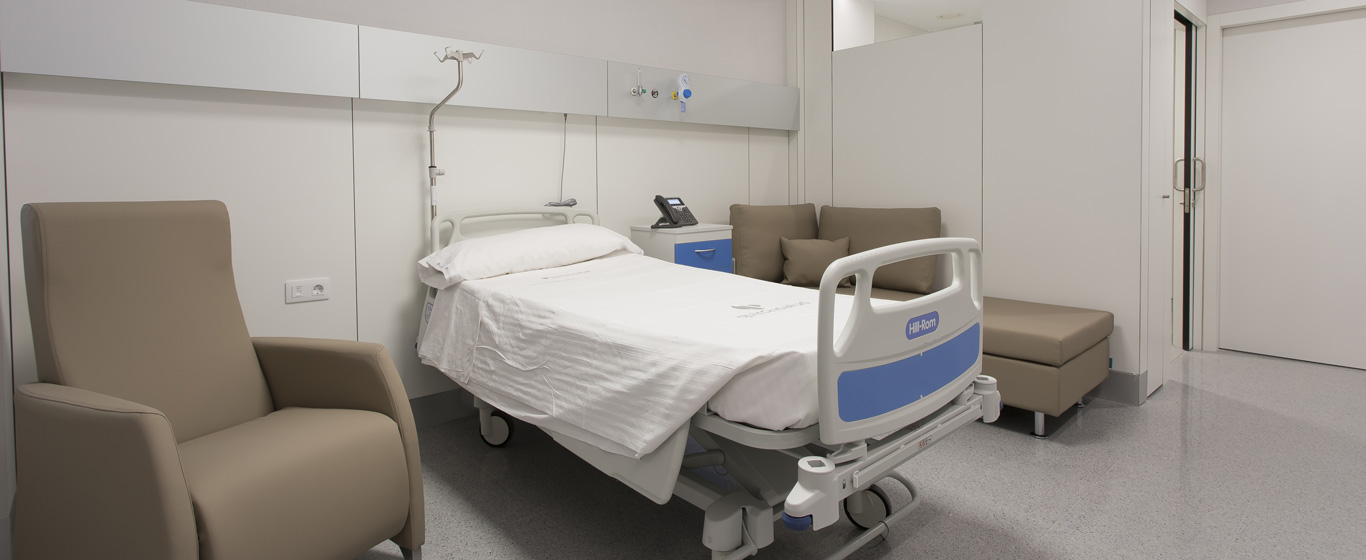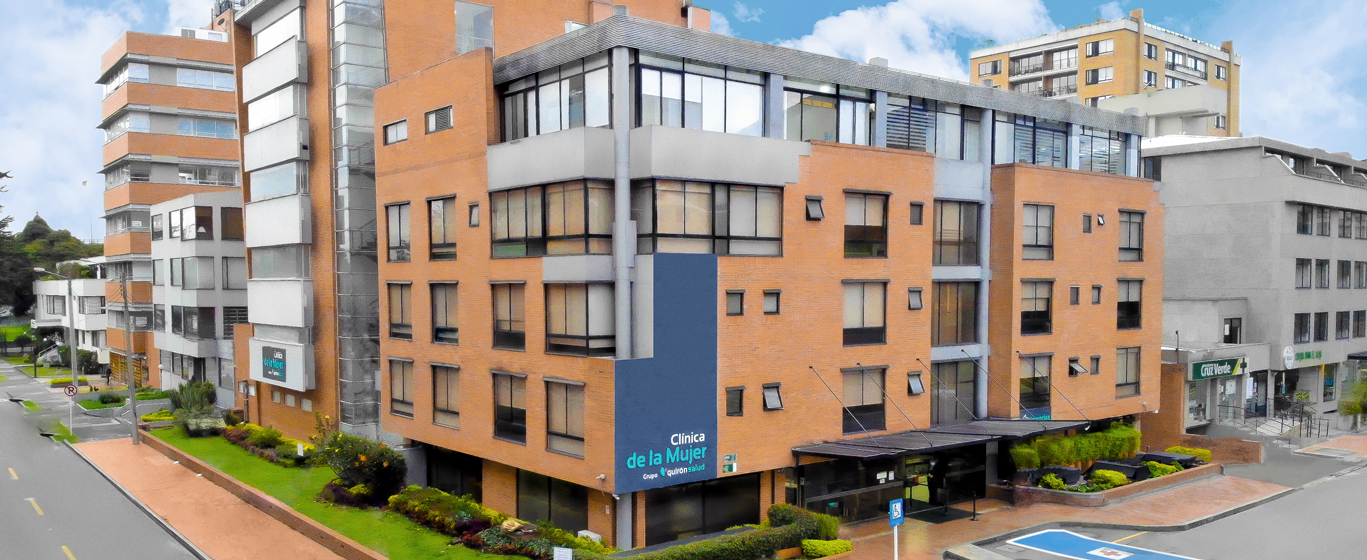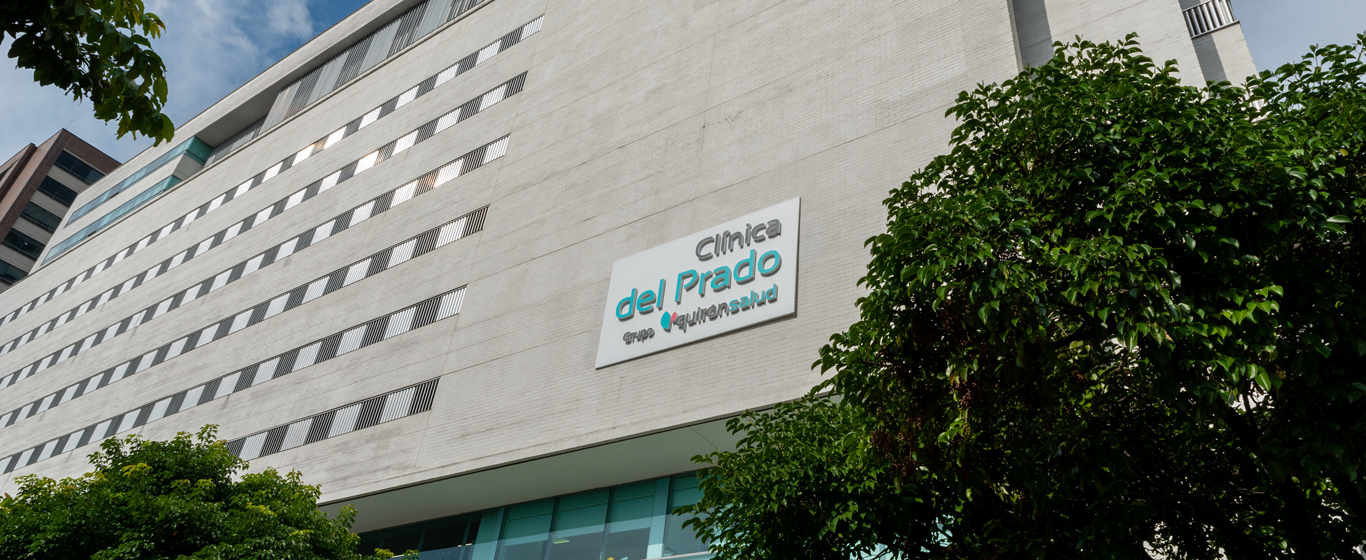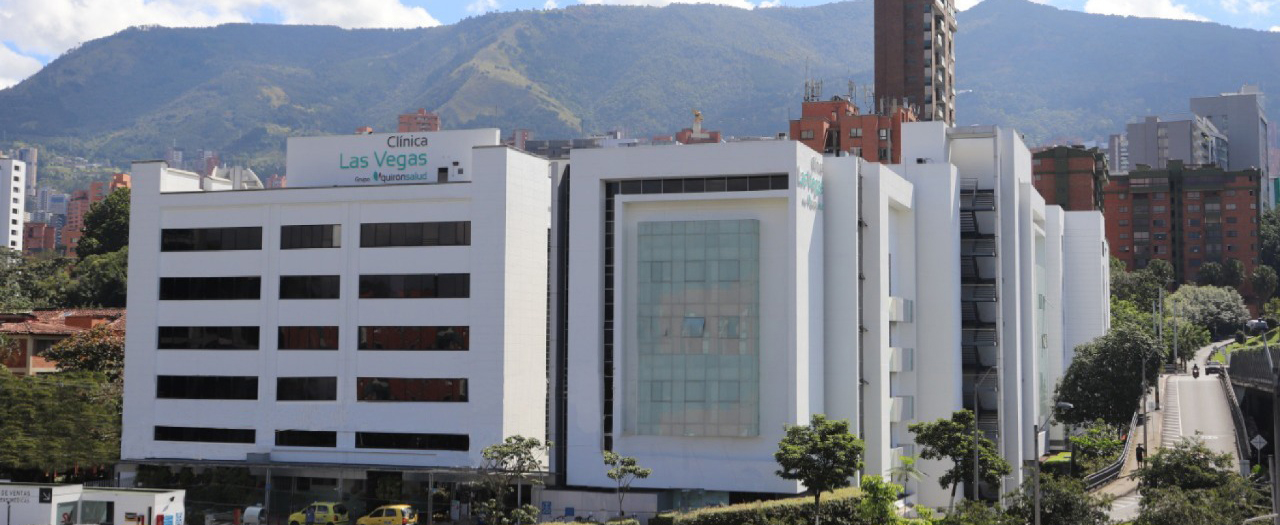Hernias
Why do hernias form? All the information on the causes, symptoms, and treatments of this condition.
Symptoms and Causes
A hernia is the protrusion of an organ or tissue outside the cavity where it resides. The most common hernias develop in the lining of the abdominal wall (peritoneum), when there is an opening or weakened area through which the internal content protrudes, forming the so-called hernial sac. Generally, the organ that protrudes is the small intestine. It is a very common disorder.
Abdominal hernias are classified based on the region where they occur. The most common types are:
- Inguinal hernia: appears in the groin fold or, in men, in the scrotum (inguinoscrotal hernia). It is the most common type of hernia.
- Femoral or crural hernia: develops below the inguinal fold, in the center of the upper thigh.
- Umbilical hernia: occurs around the belly button. It is common in babies.
- Epigastric hernia: forms in the center of the abdomen, between the belly button and the rib cage.
- Incisional or eventration hernia: appears in a previous surgical incision.
- Hiatal or hiatus hernia: in this case, the protruding organ is the stomach, which pushes into the chest through the hiatus, the small opening in the diaphragm through which the esophagus passes.
Symptoms
Common symptoms of a hernia include:
- A soft and flexible bulge that may progressively increase in size. It may be continuously visible or only appear when exerting effort. If pressed, the hernia can be pushed back in, but it will protrude again once pressure is released.
- Pain, which may occur when making efforts or lifting heavy objects.
- Occasionally, digestive tract disorders, such as constipation, difficulty expelling gas, regurgitation, or gastroesophageal reflux.
Causes
As mentioned, hernias occur in damaged or weakened areas of the abdominal wall. This damage may have various origins, although sometimes hernias have no apparent cause:
- Congenital: present at birth, resulting from a malformation of the abdominal wall of the fetus in the mother's womb, although it may not become visible until years later. Umbilical hernia in babies occurs because the opening through which the blood vessels of the umbilical cord pass has not closed completely. Inguinal hernia is caused by the failure of the inguinal canal to close.
- Acquired: the wall weakens due to increased pressure inside the abdomen. This pressure can be caused by:
- Excessive straining during bowel movements due to constipation.
- Excessive straining when urinating due to an enlarged prostate.
- Chronic cough or sneezing.
- Ascites: fluid accumulation in the abdomen.
- Overweight.
- Peritoneal dialysis: a type of dialysis where the peritoneum is used to filter the blood.
- Previous abdominal surgeries.
- Malnutrition.
- Cystic fibrosis: this disease causes severe constipation, ascites, and malnutrition.
- Smoking: the chemicals in tobacco weaken tissues.
- Physical effort, such as lifting very heavy objects.
- Pregnancy.
Risk Factors
The likelihood of developing a hernia increases in the following cases:
- Sex: inguinal hernias are more common in men and children, while femoral and umbilical hernias are more common in women.
- Age: the abdominal wall weakens with time.
- Personal or family history.
- Premature babies or those with low birth weight.
- Obesity.
- Chronic constipation.
- Chronic cough.
- Pregnancy, especially multiple pregnancies.
- Smoking.
- Intense physical activity or heavy physical labor.
- Previous abdominal surgical procedures.
Complications
Occasionally, a fragment of an organ or muscle tissue becomes trapped in the hernia sac (incarceration or incarceration). When a loop of intestine becomes trapped, it causes an intestinal obstruction. If this incarceration progresses, it leads to strangulation of the intestine, which cuts off the blood supply to the affected area. Without enough oxygen, the herniated tissues become necrotic and die. This can result in the perforation of the intestine contained in the hernia, leading to bleeding or infection (sepsis). A strangulated hernia is a potentially life-threatening condition and is a clinical emergency requiring immediate surgery.
Prevention
Congenital predispositions or malformations cannot be prevented, but measures can be taken to reduce pressure in the abdominal cavity:
- Maintain a healthy weight.
- Follow a high-fiber diet to prevent constipation.
- Lift weights properly by bending the knees and not the waist.
- Avoid smoking.
Which doctor treats hernias?
Abdominal hernias are evaluated and treated in the general surgery and digestive system department.
Diagnosis
The diagnosis of an abdominal hernia is based on the following tests:
- Physical examination: when the hernia is visible and palpable, this is sufficient to confirm the diagnosis. It is also checked whether the hernia reduces with pressure or enlarges when bending over, lifting weights, or coughing.
- Imaging tests: if the physical examination is inconclusive, the hernias are too small, or there is an intestinal obstruction, X-rays, ultrasounds, or CT scans are performed.
Treatment
The only definitive treatment for abdominal hernias is surgery. However, in the case of asymptomatic hernias, small hernias, or those with a low risk of strangulation, the intervention is not urgent, and repair can be postponed until the doctor and patient decide. There are two main types of surgical hernia repair:
- Open surgery hernioplasty: through an incision in the abdomen, the protruding organ is placed back in its original cavity, and the opening in the abdominal wall is then closed with sutures. Additionally, a synthetic mesh is placed in the area to reinforce it and prevent the hernia from recurring.
- Laparoscopic hernioplasty: three or four small incisions are made in the abdomen, and through one of them, a probe with a camera and a light source at the tip (laparoscope) is inserted. The abdomen is inflated with gas to provide more space and facilitate visualization. Guided by the camera's image, surgical instruments are introduced through the other incisions to repair the hernia. The repair process is the same as in open surgery.






































































































